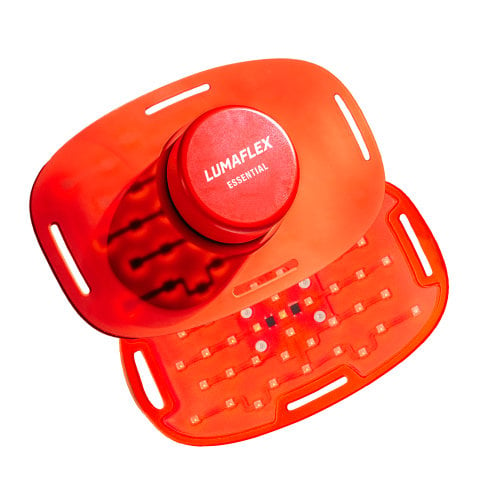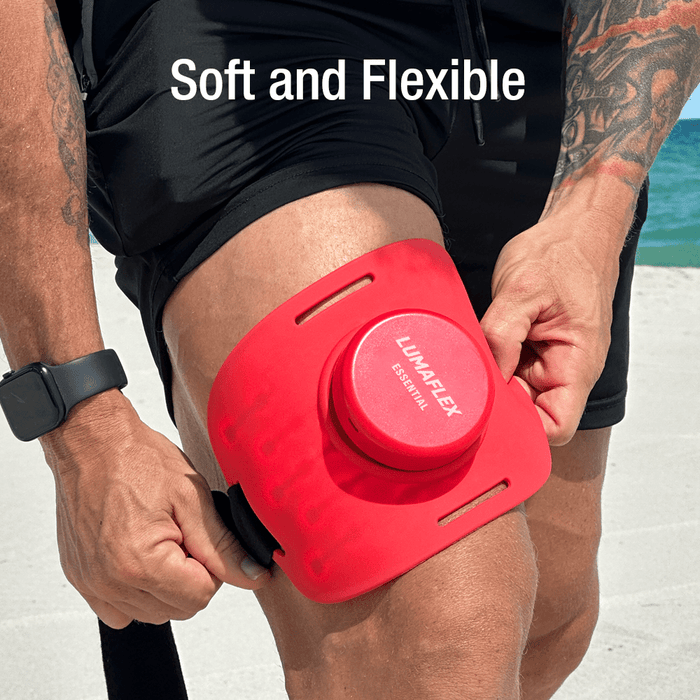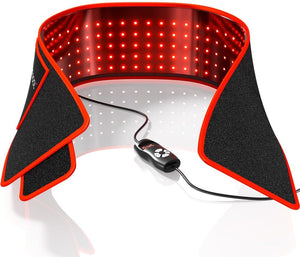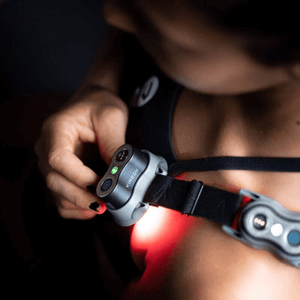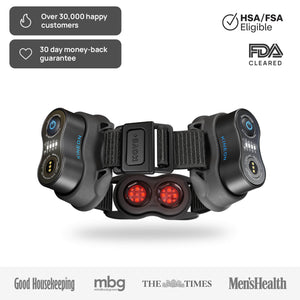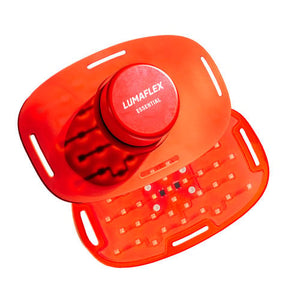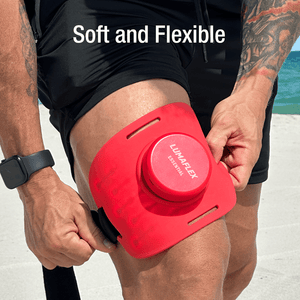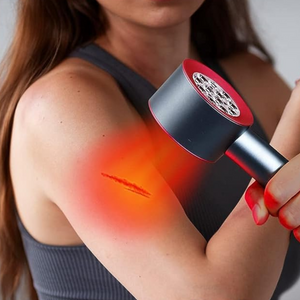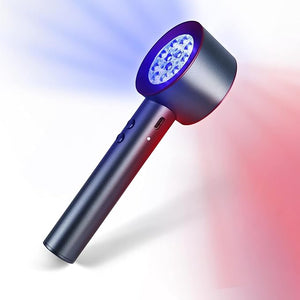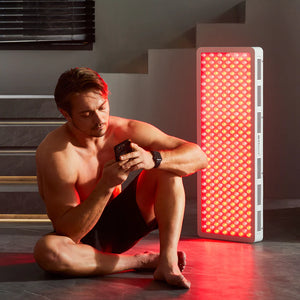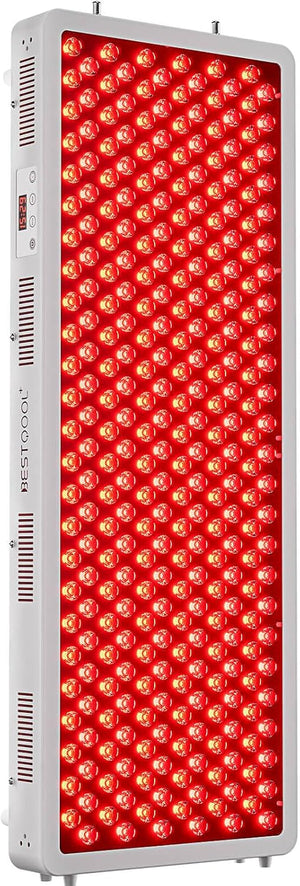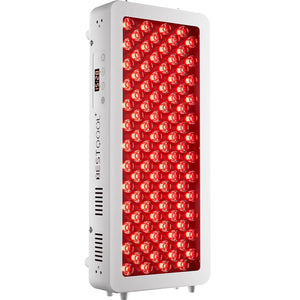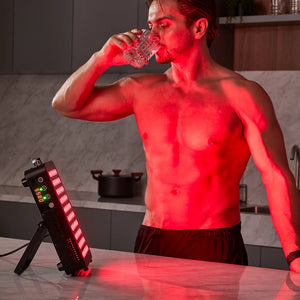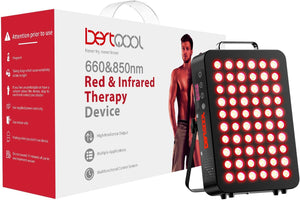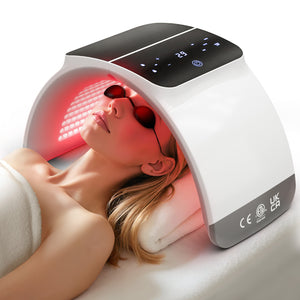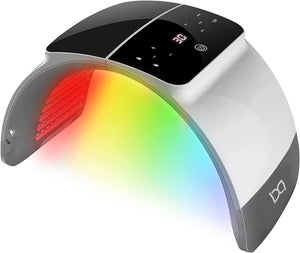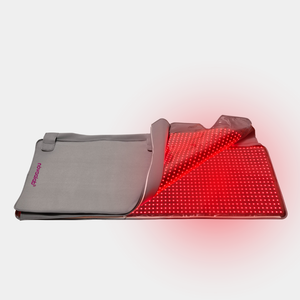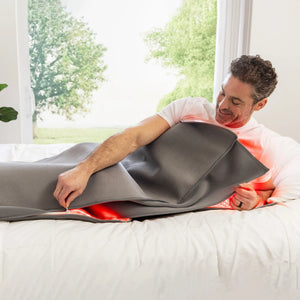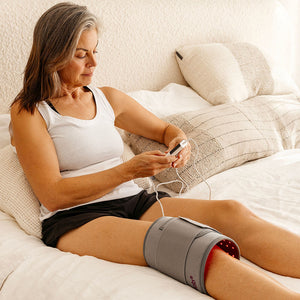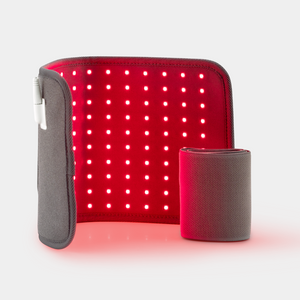They work great and are what came with my tens unit. My only dislike is they ship by the postal service and ours here loses about half of the packages and mail.
We love the iRelieve TENS unit and this was a purchase of additional pads
This great for keeping all the items together, and it's flat which makes it easy to pack.
The socks are quite a bit thicker than the brand I normally wear. That said, that will be nice in winter and with knee-high boats. These socks aren't as difficult to get on as other 20-30 compression socks. I gave them a 4 instead of a 5 because I am really a small (not a medium) and the socks came above my knee (uncomfortable in a compression sock), so I had to adjust them to work. Comfortable and helpful, especiallly for the price. I look forward to using these more when it gets colder!
Were bought as replacement wires for a unit I have had for 10 years. I wear it daily and sometimes I ruin the wires. Never had an issue with the unit just the wires.













